John & Yoko/Plastic Ono Band: 50 years on - Will Gompertz reviews new book ★★★★☆
- Published
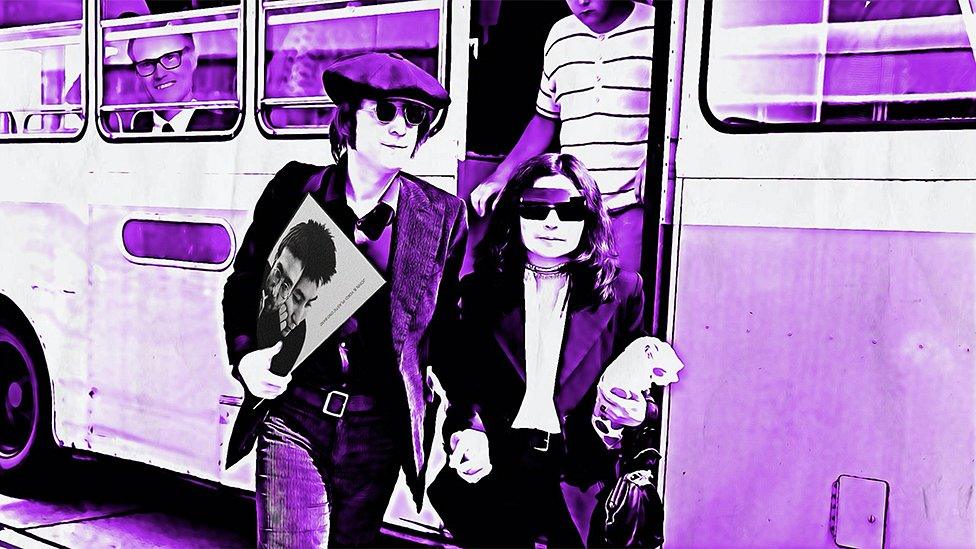
Back in the good old days when people routinely thought of putting on events and holding parties, a music impresario told me he wanted to create a chain of clubs, each one themed around a different classic pop album. There'd be an ABBA Arrivals club with Dancing Queens and Money, Money, Money. A Halloweeny one paying homage to Michael Jackson's Thriller, and a cool piano-bar evoking the spirit of Nina Simone.
I suggested a space dedicated to the Plastic Ono Band, whose manifesto - as written by Yoko Ono - was to "include all minds of the world", making it, "the most musical group in the world". Basically, it'd be an excuse for an all-night sing-a-long ending at dawn with a group rendition of Give Peace a Chance. It would fulfil Yoko's manifesto pledge that the "Plastic Ono is you recharged. And you recharged the Plastic Ono."
The impresario nodded generously, but nothing came of it - the pandemic put an end to such ventures.
All is not lost, though.
There may be little chance of a Plastic Ono Band club night, but at least there is now a Plastic Ono Band coffee table book, published to coincide with the 50th anniversary of the dual release of John Lennon/Plastic One Band (pop songs) and Yoko Ono/Plastic Ono Band (performance art).

The front cover of the book features an oddly unprepossessing composite black & white image of John and Yoko constructed from individual portrait photographs taken in February 1970. They are both wearing black turtleneck jumpers and sporting similar "pixie cut" hairstyles, which seems to have prompted the designer to morph their heads together.
I suppose the idea was to communicate a couple thinking and acting as one, but that is not the impression it gives. Instead, John and Yoko appear as if co-joined: restricted, awkward; impaired.
The back cover is better, simpler.
It is a 1968 black & white photograph of the sculpture that was and is the Plastic Ono Band, a conceptual object inspired by Yoko and originally constructed by John.
In its fully-realised form it consists of four Perspex objects, three of which are tall, the other short. Two are rectangular columns, one is a cylindrical column, and one is a cube.
It is an allusion to the Fab Four: John, Paul, George and Ringo (the square figure at the back). Encased within the transparent structures are a tape-recorder, a closed-circuit TV with a live camera, a record player with an amp, and a miniature light show and loud speaker.

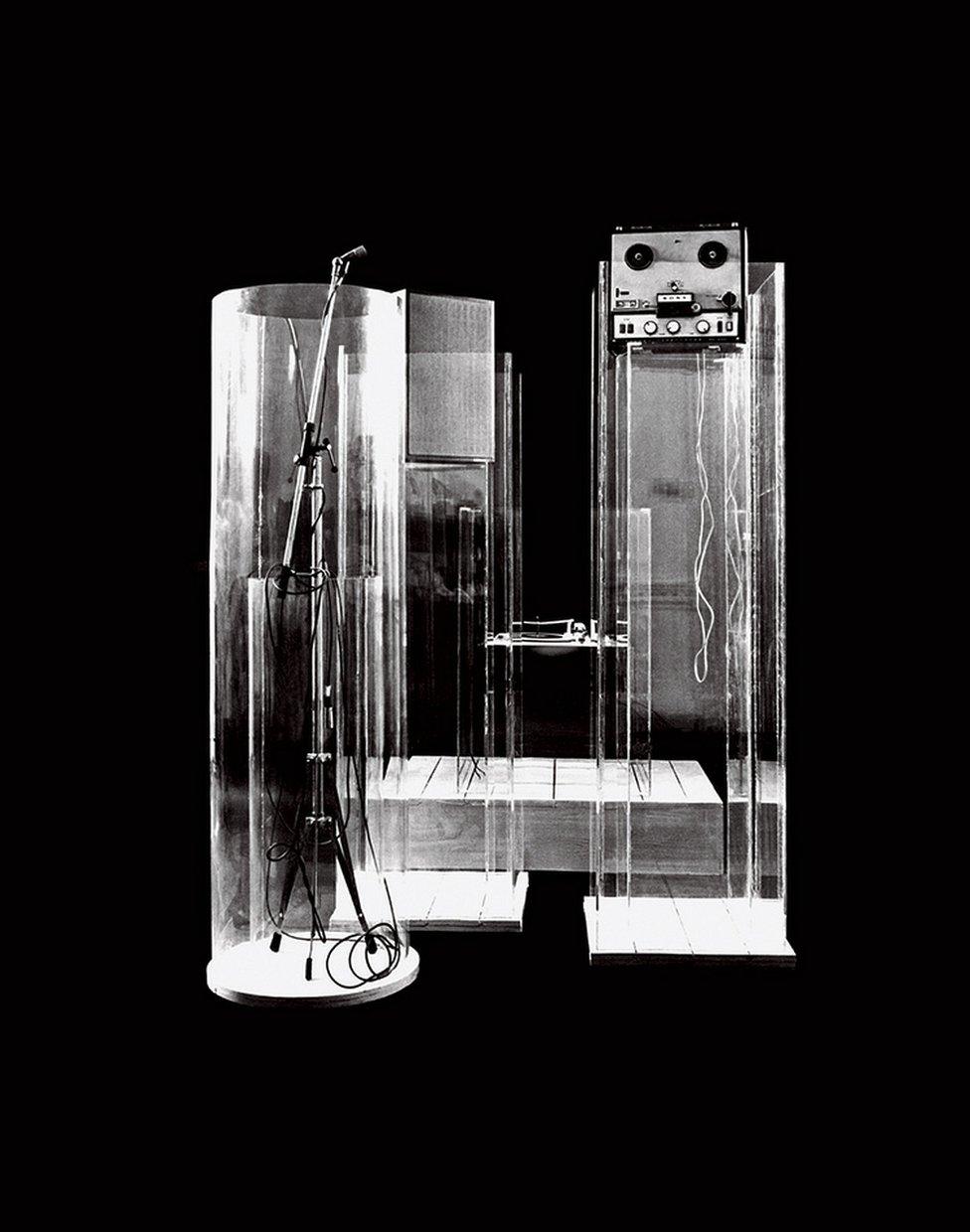
The back cover shows a Plastic Ono Band sculpture, which was also used as the sleeve for the release of "Give Peace A Chance"/"Remember love"

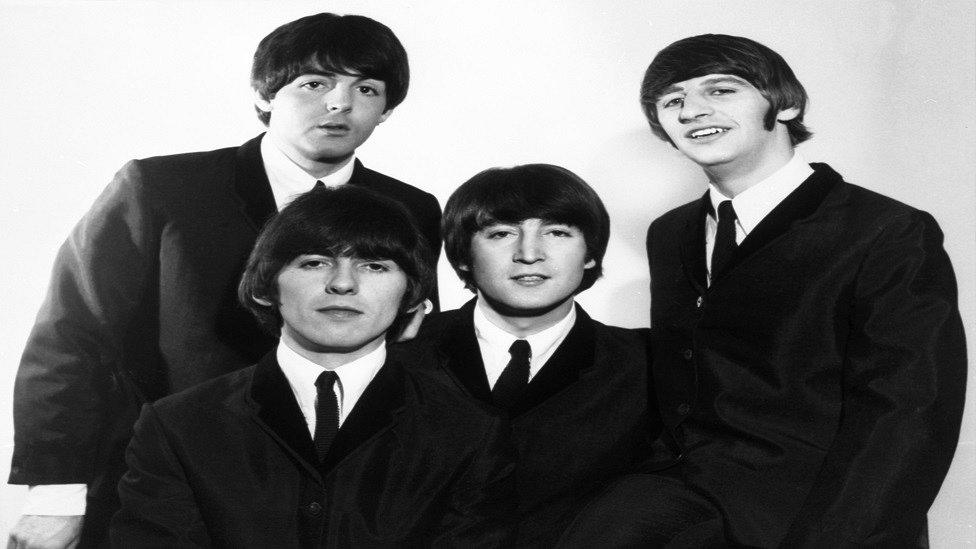
The Beatles backstage at Top of the Pops in the 1960s

The influence of the Korean artist Nam June Paik is obvious, as is the connection to the experimental musician John Cage, who was the reason John and Yoko got together in the first place (she had gone to see Paul McCartney in the summer of 1966 to ask for a musical score to give to Cage for his 50th Birthday. Paul didn't read or write music and told her to see John. The rest is…).
The Plastic Ono Band sculpture encapsulates the spirit of the creative union that developed between pop star John and avant-garde artist Yoko. Theirs was a meeting of two minds coming from two very different places: male and female, East and West, high-born and working class, fine art and pop music.
We already known much of this, of course. But what this richly illustrated book brings to the fore, is an insight into how and why their intense relationship happened, and of John's transition from Paul as his artistic soulmate to Yoko.
This isn't a book about Beatles gossip, it is about art and ideas and their realisation. It's an intimate examination of the creative process as described and documented by two very significant artists (with a little help from their friends).
It follows a simple structure, tracing the Plastic Ono Band from its inception through to the early singles (Give Peace a Chance, Cold Turkey, Instant Karma), and then a song-by-song guide to John Lennon/Plastic Ono Band, which is right up there among his finest pieces of work. It ends with two short chapters. The first of which features reminiscences of those who performed on the album (Ringo Starr, Klaus Voormann, and Billy Preston), the other deals with its promotion with contributions from Annie Leibovitz (photographer) and Jann S. Wenner (founder and Editor, Rolling Stone magazine).

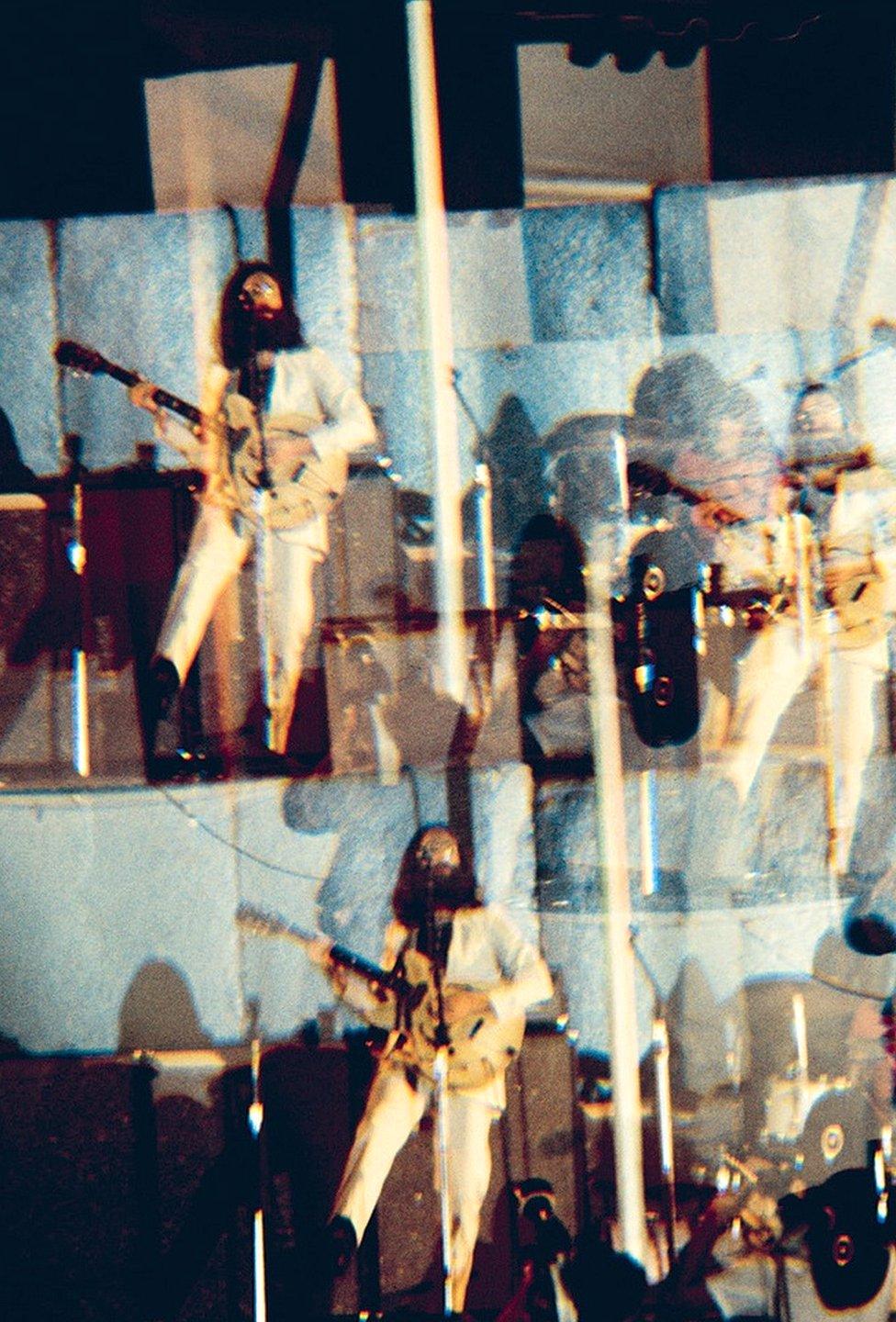
Previously unseen photograph of the Plastic Ono Band performing in Toronto in 1969

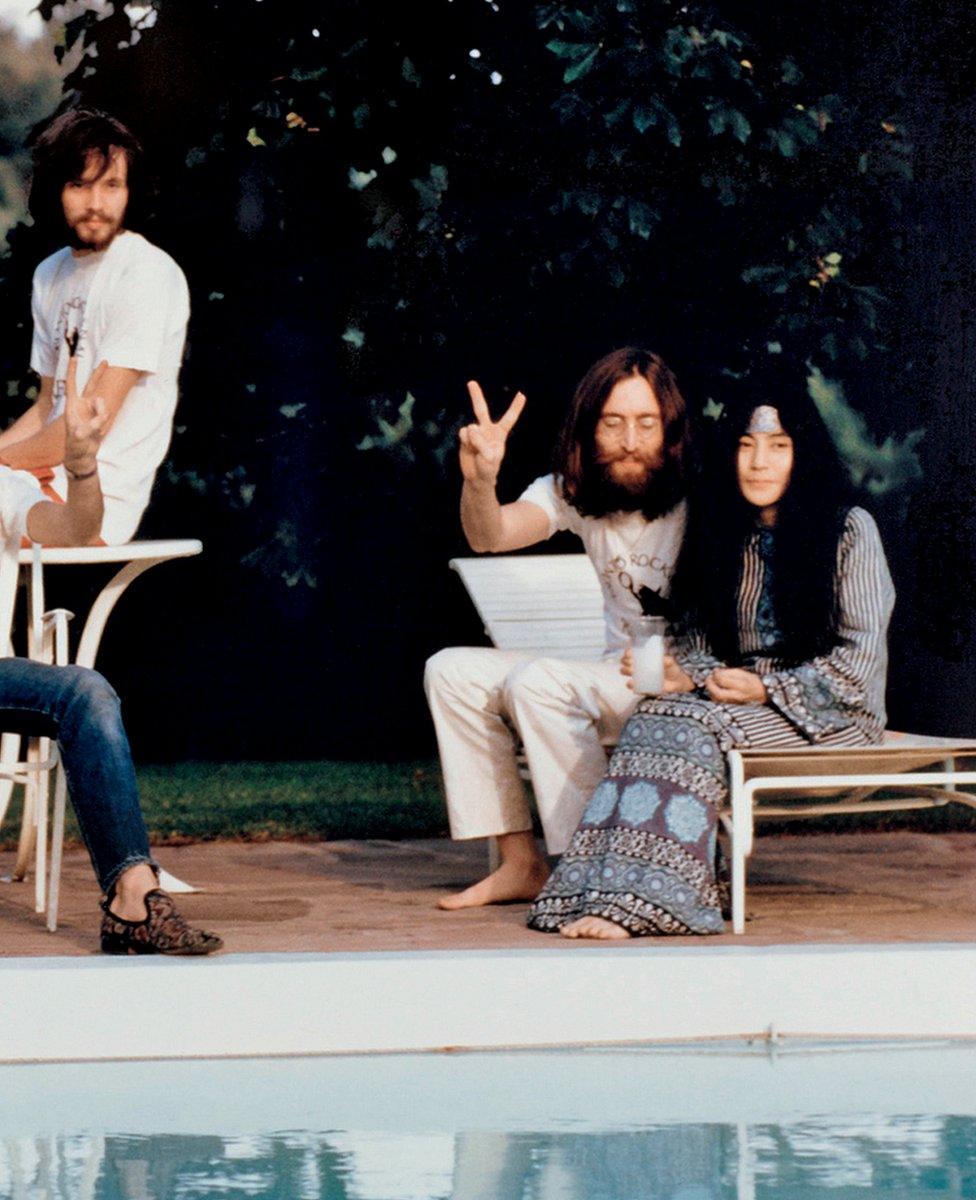
Previously unseen picture of the German artist and musician Klaus Voormann with John and Yoko, relaxing by the pool, the morning after that concert

The story is interspersed with hundreds of photographs (several published for the first time), John's handwritten lyrics and cartoons (some not seen before), and reproductions of posters and adverts used to promote the Plastic Ono Band, which are conceptual artworks in their own right.
It is a deep dive into a short time, roughly the three years between 1968 and 1971.
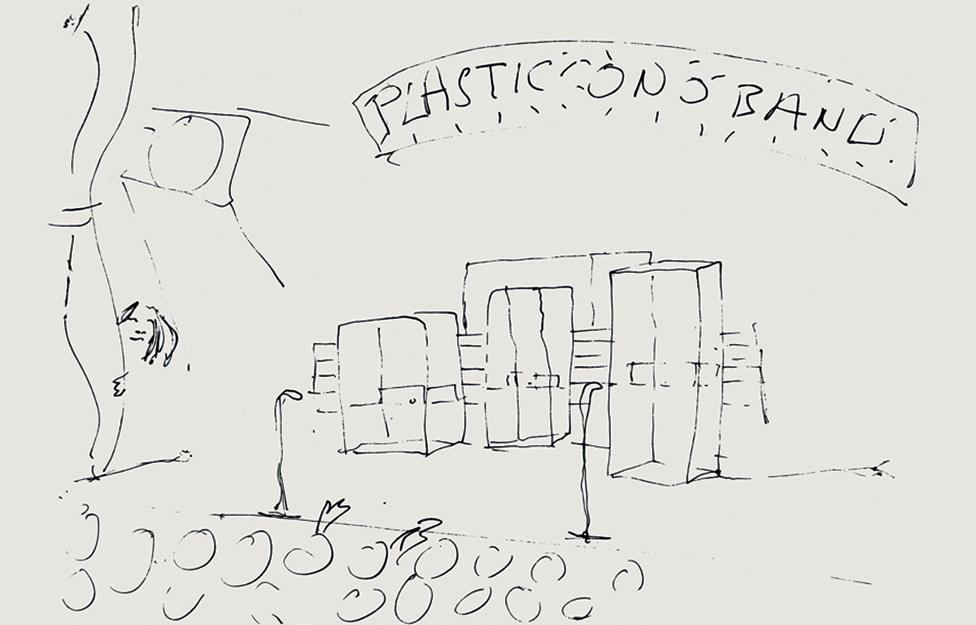
John Lennon's previously unseen design for Plastic Ono Band in 1969

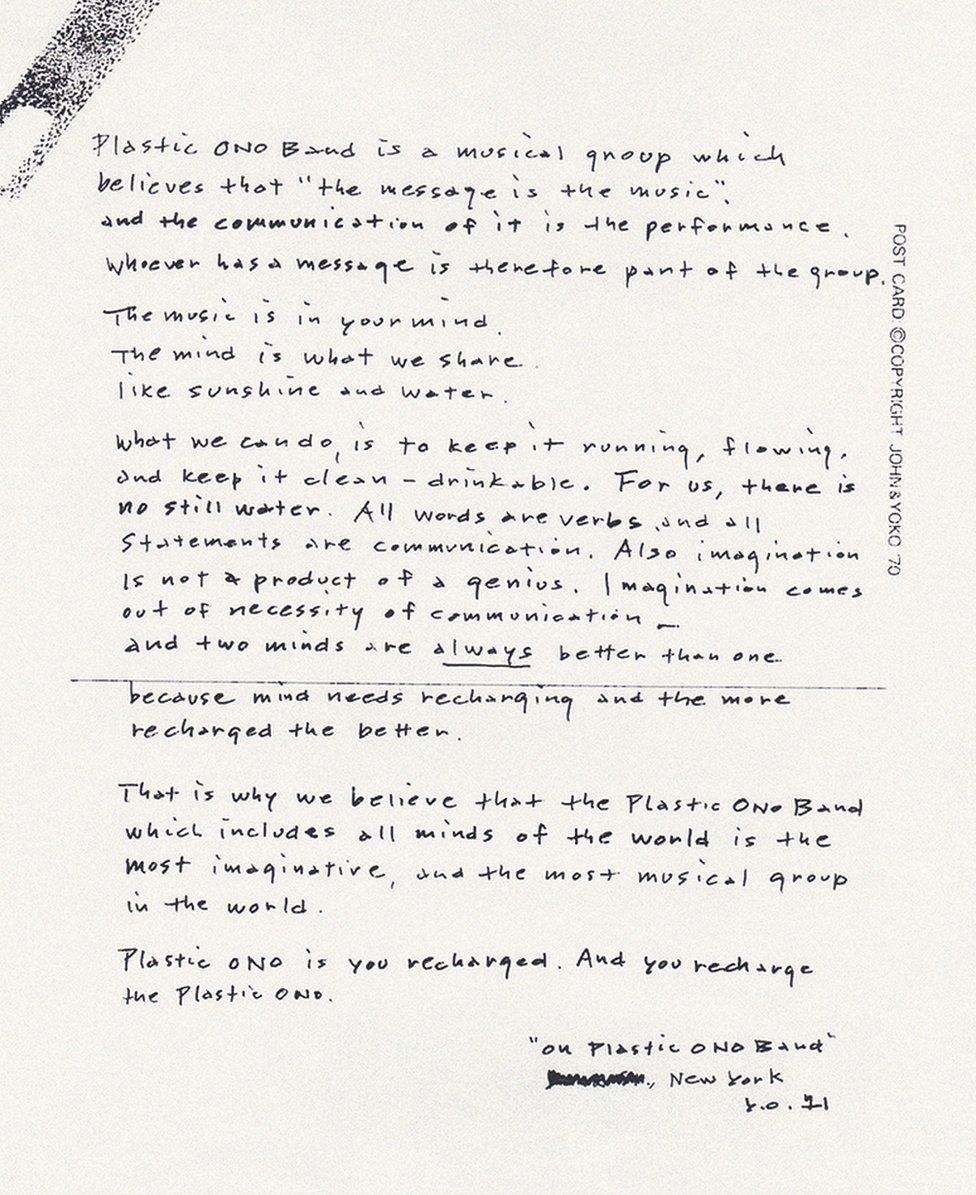
"On Plastic Ono Band", a manifesto in Yoko Ono's handwriting in 1971

The book - overseen by Yoko Ono - is, by and large, very good.
But there is one area in which it falls frustratingly short, and that is with the text. The glue that binds this particular narrative together is a collection of first-person recollections about what happened. John talks movingly about his relationship with his parents, Yoko about falling in love with John. We hear from Arthur Janov, the man behind the Primal Scream Therapy that was central to the creation of both albums. There are contributions from Petula Clark, Ringo Starr, and Eric Clapton. All are fine and worthy of a place, but annoyingly none are dated nor source provided or footnote given within the main body of the book.
I was reading a comment by Ringo Starr and thought it sounded familiar. A quick online search led me to a BBC documentary about the album in which he said exactly the same thing. What chance a drummer who admits he can never repeat a "fill" would give a word-for-word answer to a question on any given subject? A rummage around the references at the back of the book confirms that it was indeed taken from a filmed interview in 2008 for the programme I watched.
The text is constructed from a patchwork of sources spanning decades. That's fine, but it should say so by way of footnotes and not pitched as the literary work of John and Yoko. It's pushing it a bit to present long passages of intercut first-person speech as if it's part of one conversation, when in fact it has been cobbled together from multiple source over several years. Confusingly, there are instances when sources are dated and acknowledged.
But, credit where credit is due, a mantra John knew all about. The lack of clear attribution to quotes besides, it is a comprehensive, fascinating, well-produced, and finely printed publication that captures a moment of contemporary culture with breadth and depth. It brings then into now - and shows how similar and different life is today.
The issues close to John and Yoko's campaigning hearts 50 years ago - world peace, love and understanding - don't seem to have progressed much.



But what they had, what they could draw on, was a raft of ideas and ideals that were percolating at the time.
Whether that was in the world of conceptual art, radical politics, or with the academics specialising in philosophy and psychology. There was a sense of a possibility for progressive change and viable lifestyle alternatives.
I'm not sure we have that same abundance of creative ambition and intellectual imagination to inspire us in 2020.
Recent reviews by Will Gompertz:
Follow Will Gompertz on Twitter, external
